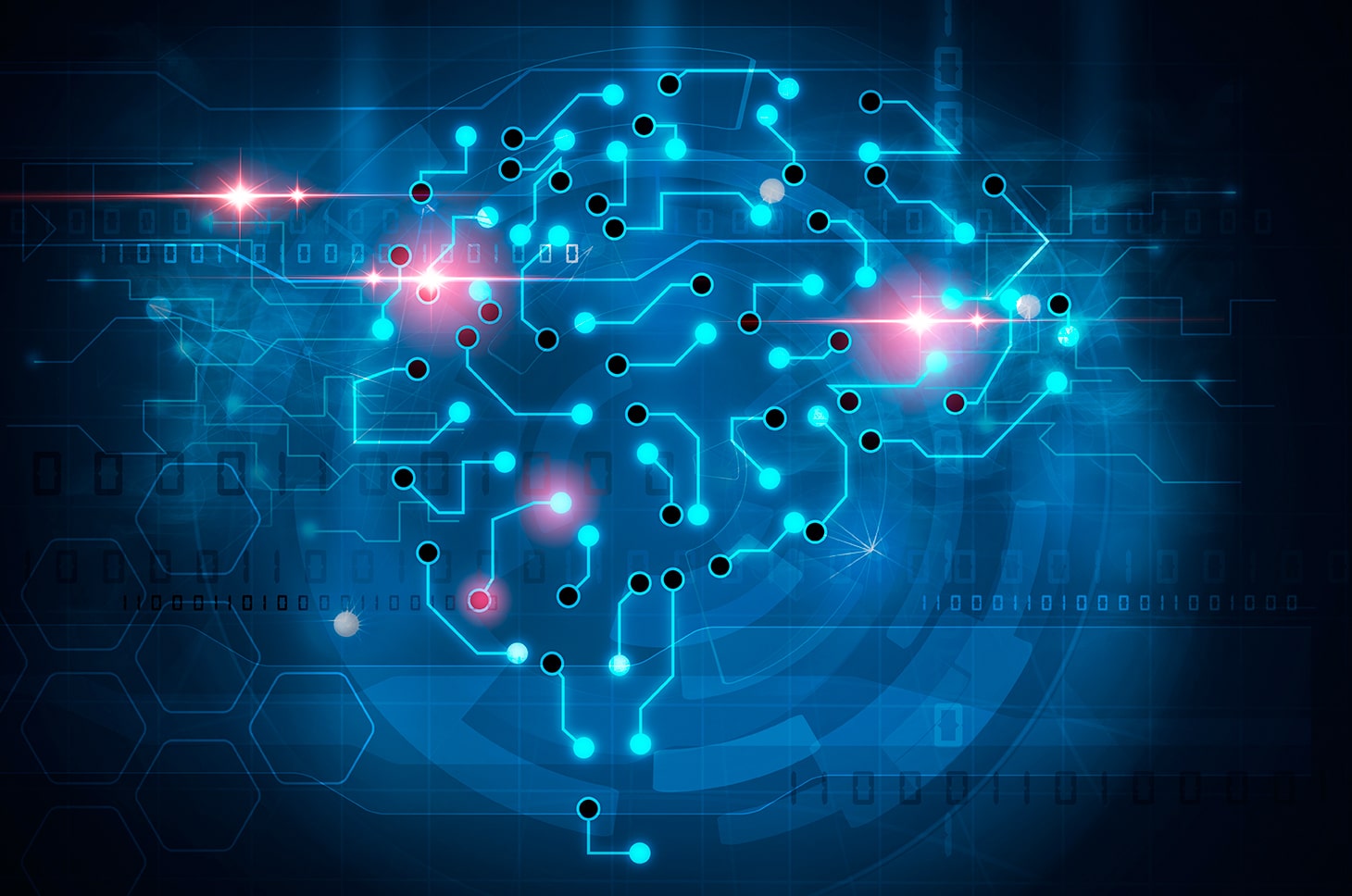Geležinio vilko g. 18A, Vilnius, LT-08104, Lithuania

Today, Artificial Intelligence is one among the hot topics for discussion. Lives of consumers around the world are being affected by such developments as Siri, Alexa, chatbots and many others that influence our digital experience. In 2018, the number of individuals using the services of virtual assistants around the world exceeded one billion, while about 37% of consumers in the US reported to own a digital voice assistant. Artificial intelligence is rapidly becoming integrated into our daily lives, changing our routines, but it is also transforming the banking industry, bringing customer experience to a new level.
Automation
Language processing technology has evolved to the extent where it is hard to distinguish whether you are communicating with a voice bot or an actual customer service representative. Voice and chatbots are ow capable of removing customer issues and respond to their requests as fast and effective as a human would, while minimizing the costs and negative consequences of human error. This way by 2030, AI can potentially cause 1.2 million job reductions and savings of up to $450 billion. However, at this point it is difficult to entirely rely on the voice and chatbots technology. It is more beneficial to use them as a complementary force to human activity, as personal communication is still preferred by the customers. Banks are getting quite creative in integrating AI tools. For example, UBS, a Swiss bank, has partnered with Amazon to offer its “Ask UBS” service, created specifically for EU wealth management clients, into Alexa-powered Echo speaker devices. This way, UBS users are able to receive advice and analysis related to global financial markets through simply communicating with Alexa. The service also educates consumers by offering definitions and examples of finance-related acronyms and jargon. One drawback is the absence of personalized advice due to service’s inability to access clients’ individual portfolios and perform particular transactions.
Personalization
Banks are able to access a wide range of customer data, such as detailed demographics, website analytics and records of online and offline transactions. With the help of machine learning that allows for an integrated analysis of information from various databases, banks are able to personalize products and services and make interactions with customers highly efficient, predicting their behavior and needs. Personalization on a real-time level and ultimate pairing of products with people is the next step for the industry.
Security
Personalization does not just concern marketing and product customization, but is also highly relevant for security. More and more banks are incorporating biometric data, such as fingerprints and wristbands identifying unique heartbeat, in order to replace or improve passwords and related types of customer verification. Google Intelligence has forecasted that by 2021, biometric identification will apply to 1.9 billion users.
Just think about Face ID that is already being widely used in order to unlock Apple devices and validate Apple Pay purchases. Biometrics are becoming increasingly sophisticated every single day.
Pattern recognition and fraud prevention
Artificial Intelligence gives companies the ability to go through and analyze massive chunks of data and distinguish patters, which would take ages for humans to do. This is particularly useful for improving fraud prevention mechanisms. Cybercrime costs the global economy about $600 billion. With AI and machine learning tools it is possible to detect fraud attempts in real-time and take the appropriate mitigation measures. Besides, these innovative solutions greatly minimize the marking of legitimate activity as fraud.
FinTech and AI still have a long way to grow and develop, yet the way banks do business has already undergone significant changes. The future, as predicted, will bring around more opportunities, solutions and ways to improve operation.